I’m sick of hearing about Breath of the Wild. We get it. She’s great. One of the best. A 10. That’s why I don’t want to talk about her anymore. I want to talk about her older sisters.
These games walked so she could run and they ran so she could fly. They were trendsetters, trailblazers, real innovators. They put respect on the Royal Family name. These Zeldas, in my opinion, may EVEN SURPASS Breath of the Wild as games. They’re certainly darker, they’re certainly scarier, and they’re certainly more lore-based and mysterious. They have gorgeous music, high drama, and well-thought-out characters. All things that Breath of the Wild, dare I say it, could stand to improve.
Ocarina of Time (1998)
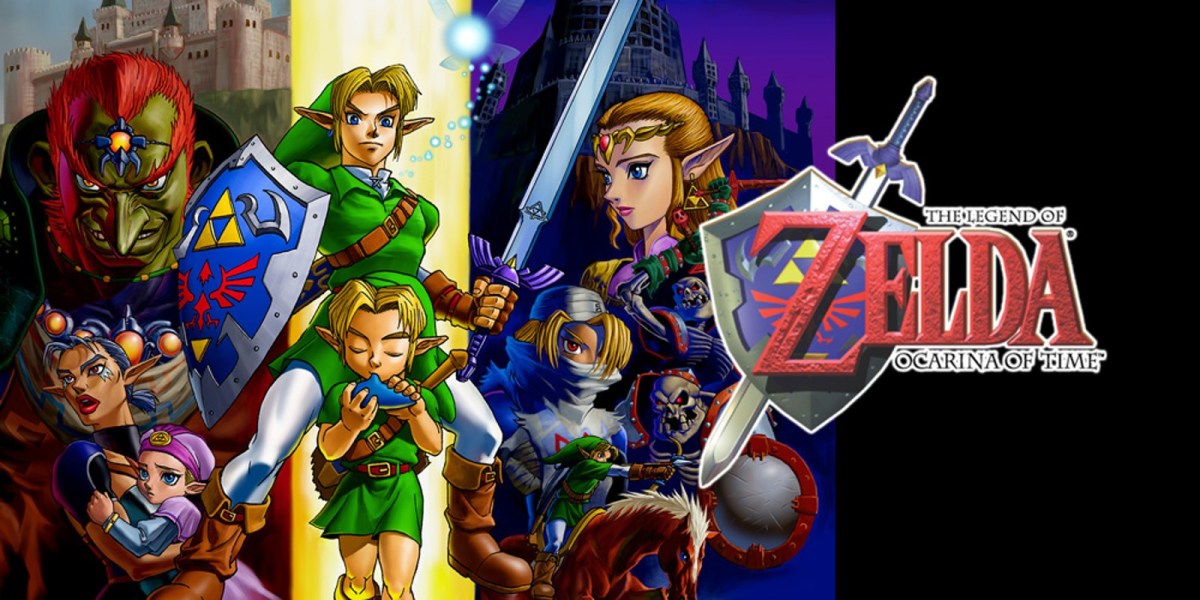
Okay, so we knew this Zelda was coming, but only because she deserves it. She was a triumph of game design, story, character, and music. She was not only one of the first 3D Zelda games, but one of the first 3D games that Nintendo ever made. And my god, they knocked it out of the park.
Better/smarter/prettier writers than I have been analyzing the brilliance of the game for decades. So go read their stuff. But if you really want me to take your hand and lead you into the weeds about why I love this game, then by god, I will. The Legend of Zelda: Ocarina of Time is a great game the way The Great Gatsby is a great novel. Like Gatsby, the story is simple: Fight the evil guy, save the world (okay, that’s not the plot of Gatsby, but Gatsby is equally simple). The magic of both stories is not in the plot but in the way it’s told. The game is full of mystery, terror, and a hell of a lot of subtext.
My favorite aspects of these old Zelda games are their comfortable relationship with ambiguity. There is so much in Ocarina of Time and its sequel Majora’s Mask that is never explained. Why is the Forest Temple a mansion haunted by named ghosts? Did someone used to live there? What happened to the people of Castle Town when Ganondorf rose to power? Did he murder them all and turn them into horrifying zombies? What in the actual fuck is the Shadow Temple and why is there a Medieval torture chamber buried under Kakariko village? The game never tells you. No one knows.
In a way, this leads into the second part of why this game is so brilliant. It is the ultimate coming-of-age story. Link is a 12-year-old Hylian (or, for lack of a better term, “human”) boy who lives in a faerie village. His parents died in the Hylian Civil War (another barely explained conflict) and he is raised by a tree spirit, who tasks him with saving the world from evil. He fights his way through some serious nightmare fuel monsters in order to find the Master Sword and use it against Ganondorf. But when he pulls the sword out, it sends him forward in time seven years.
He wakes up in a 19-year-old’s body, but internally, he is still 12. The world is suddenly bigger and more terrifying. Ganondorf has laid waste to the places he knew in his childhood, and the evils of the world have had seven years to fester and grow stronger. Link is a child who was quite literally forced to grow up. The finest coming-of-age stories (I’m looking at you, Stand By Me) explore what happens when a child is faced with an aspect of the real world that is far larger and far darker than what that child can understand. Their previous worldview is shattered, and a piece of their innocence is lost as they come to understand the hard truths of existence.
In the case of Stand By Me, four young friends must reconcile with death after finding a corpse. In Ocarina of Time, Link must reconcile with death and evil on an unprecedented scale. The world is dark and ambiguous because Link is still too young to understand it. The questions of the world confuse and overwhelm the player in the same way they do Link. Rather than give an explanation for the world, the game gives an answer for how to deal with it: through courage. When the odds are stacked against us and the world seems hopeless, all we can do is be brave. And the game teaches us that anyone can do it.
Link is blessed to inherit the divine Triforce of Courage not because he is the “chosen one,” but because he’s the only person around with the balls to fight back. Ocarina of Time is a fantastic tale of bravery in the face of adversity, and taught the value of courage to a generation of children, myself included. While Breath of the Wild’s Link certainly faces challenges (i.e., Lynels), the challenges of this game don’t ever feel overwhelming on a deeply emotional level in the way that they do in Ocarina of Time. Breath of the Wild‘s Hyrule was destroyed 100 years ago, and the land has had time to heal. Ocarina of Time‘s Hyrule was destroyed over only seven years, and the wound is still fresh.
Majora’s Mask (2000)
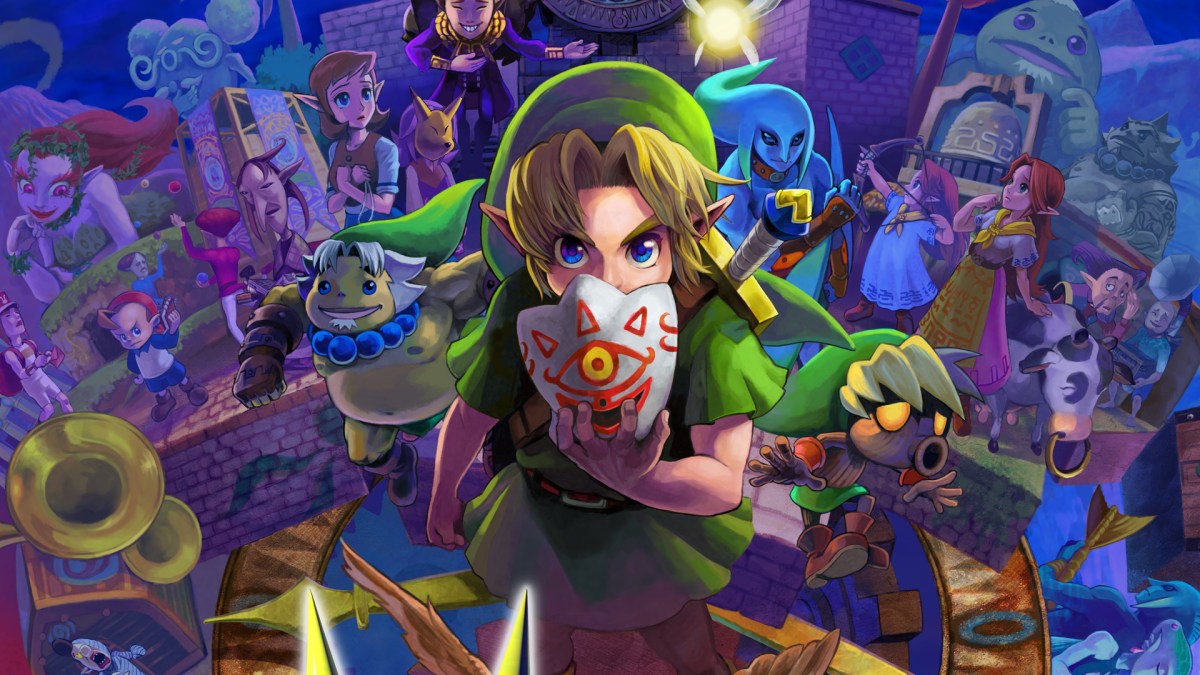
Everyone take notes. THIS is how you do a sequel. Majora’s Mask is the follow-up to Ocarina of Time, and is my personal favorite Zelda game. After Link returns the Master Sword to the Temple of Time (and returns to his original body), he sets out on a quest to find “an old friend.” The identity of this friend is never explained, but it could be his old fairy Navi or his childhood friend Saria. While traveling the Lost Woods, he is set upon by a prank-loving forest spirit called Skull Kid who has come into possession of an ancient evil artifact called Majora’s Mask. Skull Kid steals Link’s horse, and when Link gives chase, Skull Kid uses the dark powers of the mask to turn Link into a plant creature called a Deku Scrub. The process of transformation is a nightmarish bit of body horror that leaves Link (and any child playing the game) traumatized.
Link then leaves the forest and enters the parallel world of Termina, where he finds himself in a place called Clock Town. After speaking with the town’s inhabitants (who all look like doppelgängers of characters from Ocarina of Time), he discovers that Skull Kid is going to use the powers of Majora’s Mask to send the moon crashing down on Clock Town and prank the world to death. The process will take three days, so Link has 72 hours to awaken four ancient giants that will help catch the moon before it obliterates everyone and everything.
I’m going to take a semi-controversial stance here and say that this game is not an adventure game like Ocarina of Time, but a horror game. It is downright disturbing. The world is crawling with ghosts and evil spirits, and the ticking clock of the moon adds an element of time-crunch cosmic horror that makes it so players can never feel truly settled. In Ocarina of Time, time is your friend. Time is yours to control. You have an infinite amount of time to defeat Ganondorf, and you can always return the Master Sword to its pedestal and go back to your childhood body seven years ago. In Majora’s Mask, time is your enemy. Time is coming to destroy you unless you can figure out a way to alter the future. Because guess what? If you let the clock run down, the moon crashes into the planet and the game ends in an explosion of fire. I made that mistake once as a child, and the result scared me so bad that I never did it again.
I am of the firm point of view that a story is only as good as its villain, and perhaps this is why Ocarina of Time plays second fiddle to Majora’s Mask in my heart. Ganondorf isn’t all that scary. The devastation he wreaks upon the world is scary, but I was honestly more terrified of Bongo Bongo, the ghost boss of the Shadow Temple.
In Majora’s Mask, the moon, and Majora by extension, is the scariest thing in the game. Majora is an ancient, alien entity of Lovecraftian proportions. Ganondorf unleashes pain and suffering upon the world in order to gain the divine power of the Triforce, but Majora unleashes pain and suffering simply because it wants to. It takes pleasure in destruction. Majora is nothing but an appetite; a desire to destroy and consume. Ganondorf is motivated by adult pursuits of power and statues; Majora is motivated by a childlike pursuit of joy. It is a hedonist. A pleasure seeker. And like a child ripping the wings off of a fly, it seeks to tear apart the world because it’s fun. It is a creature of nightmares, and a villain that the Legend of Zelda series has never been able to top. While Breath of the Wild‘s Ganon is still a thrilling opponent, it seems that its only reason for destruction is to fill a plot hole. Ganon destroys because if he didn’t, there wouldn’t be a story. For Majora, destruction is a fundamental part of its character.
The Wind Waker (2002)
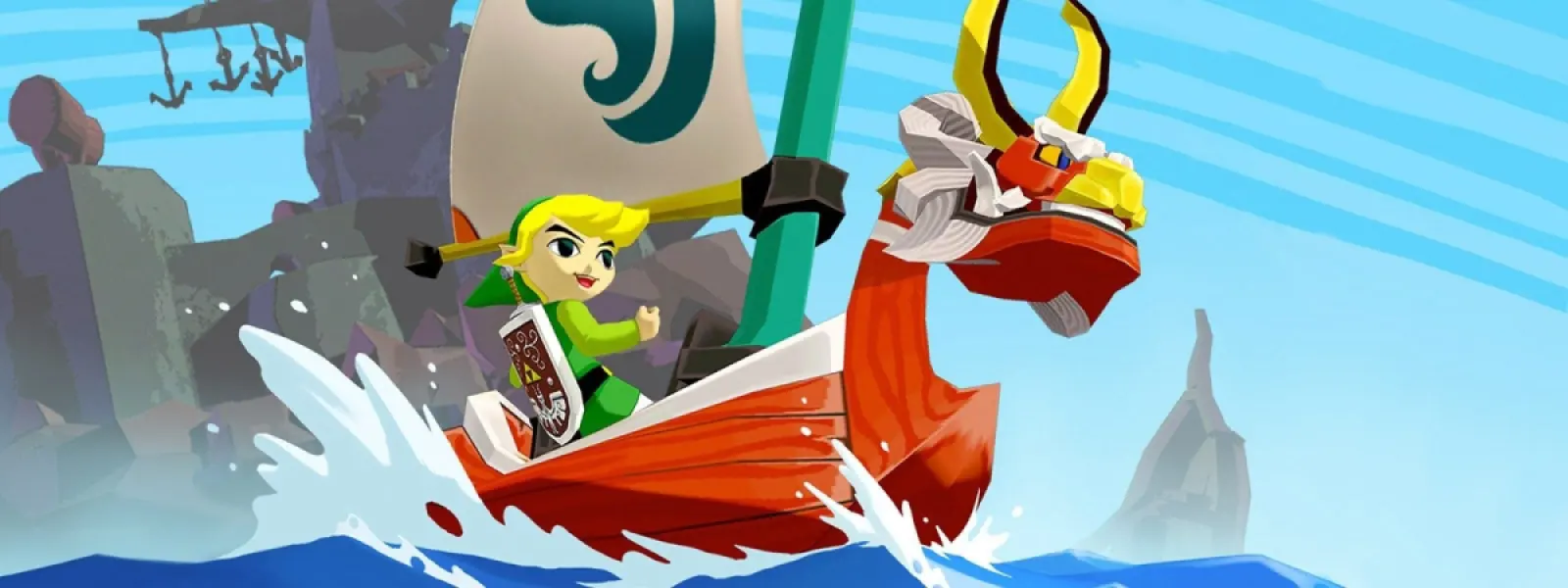
Music is an essential element of every Legend of Zelda game, and this game I believe takes the prize for best soundtrack out of all the other Zelda titles. The score is simply breathtaking. The lilting, whistling fiddle and flute melodies that make up the game’s main theme, the soul-stirring soundscape of the Great Sea, the tear-jerking melody that plays when Link departs from his home island for the first time—each piece of music is a thread in a gorgeous sonic tapestry.
Like its predecessors, The Wind Waker casts music as a character in the game. It is an essential plot point. Without music, the action of the game would be impossible. Music controls the winds, expels ancient curses, and passes stories down from generation to generation. And best of all? These tunes are catchy. They’re consummate bangers. They are hummable in the same way that the soundtrack of The Lord of the Rings continues to live rent free in my brain.
For time’s sake, I won’t deconstruct the gameplay and story, even though they’re equally brilliant. But for me, Breath of the Wild‘s soundtrack, while gorgeous, doesn’t hold up to the musical legacy of Zelda games before it. Like the villain, it feels like the soundtrack is there because the game needs it. However, for a game that was meant to bring the Zelda series back to basics, it fails to incorporate music into its narrative in the tradition established by its predecessors.
Link’s Awakening (1993/2019)
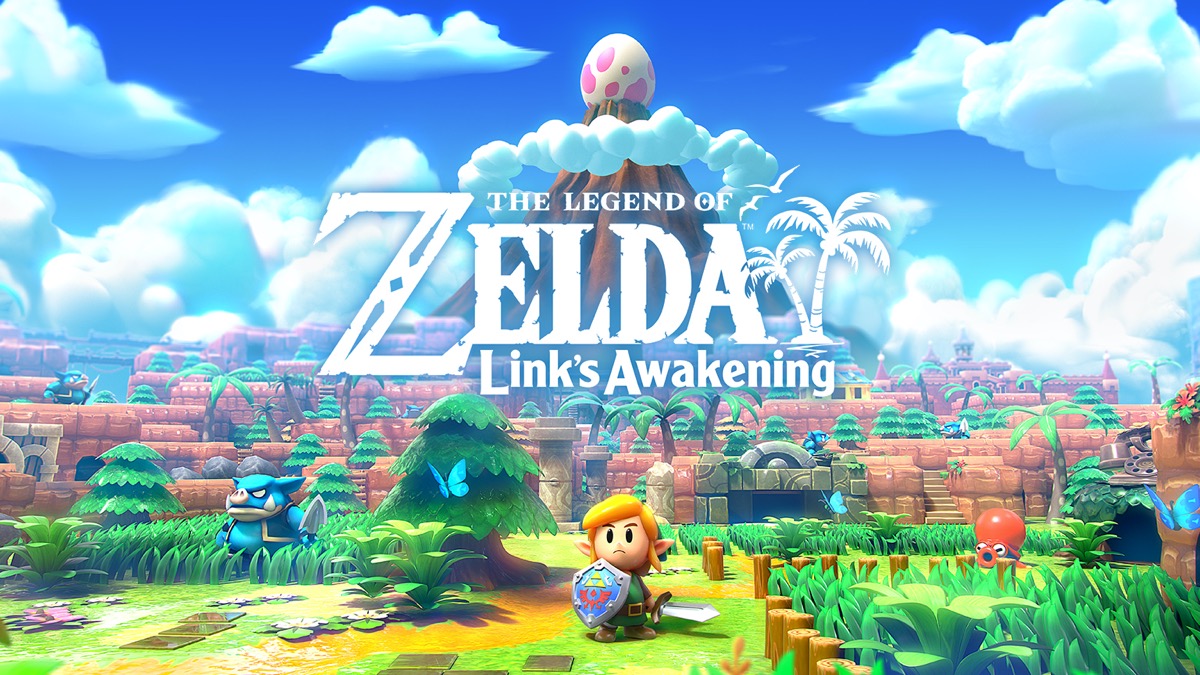
There’s a reason why they gave this Zelda a makeover 20 years after she hit the scene. It’s because she DESERVES IT. The Legend of Zelda: Link’s Awakening has done nothing but age gracefully, and now it’s more adorable than ever! Just look at how squishable Link is in the remake! So precious!
Link has to journey far away from Hyrule to Koholint Island in order to wake the sleeping Wind Fish. And you know what’s really weird about this game? There is a case to be made that Link is actually the bad guy. Link goes around slaying nightmarish monsters that are begging him NOT to wake up the Wind Fish. Spoiler alert: When he does, the Wind Fish reveals that the island is simply part of the Wind Fish’s dream. Now that the Wind Fish is awake, the island must disappear. What happens to all those adorable talking animals?! Gone, forever. It’s really Lovecraftian. Breath of the Wild wishes she had such moral complexity.
Oracle of Ages (2001)
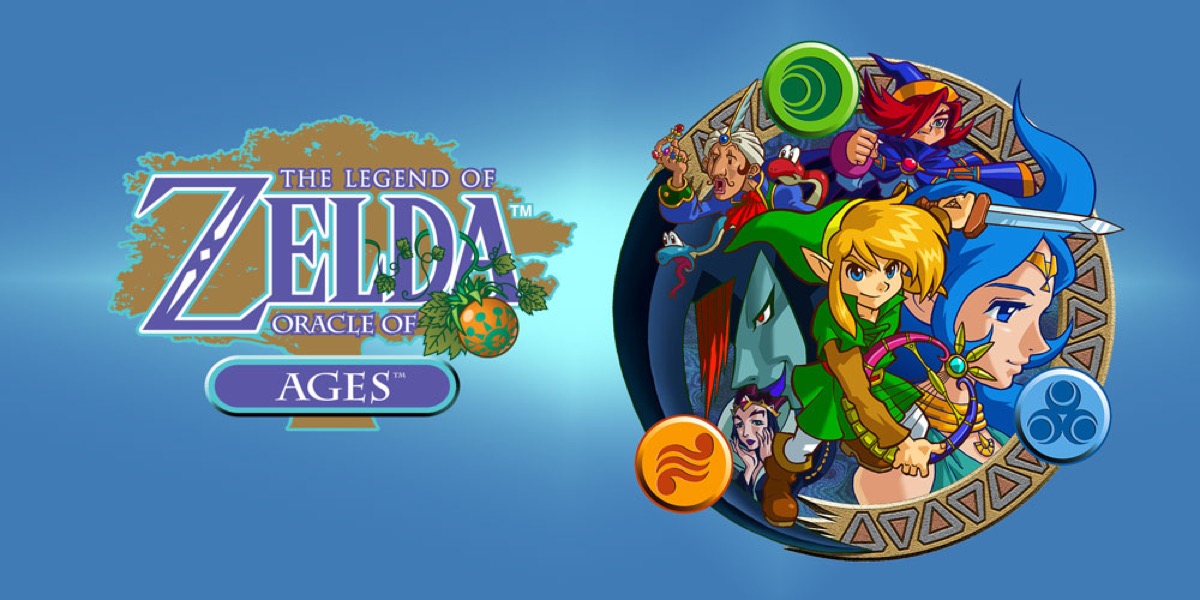
Another clever little time-travel adventure! While Oracle of Ages lacks the 3D pedigree of other titles on this list, it’s still a fantastic game. And it’s the only Zelda game that has a companion game—Oracle of Seasons (more on that in a minute). Something about this game always tugged at my little heartstrings. One of Zelda’s major themes is the transience of things. The only constant is change. Seasons. Years. People. All pass away in time. I always felt that these games had such a lovely melancholy to them that newer titles lack. Also, Link can JUMP in this game. Oh, how that excited my little heart when it first came out! No more titling the joysticks at ledges anymore. Now all I have to do is press a button! Yeah, I know you can do that in BOTW. But Oracle of Ages did it first.
Oracle of Seasons (2001)
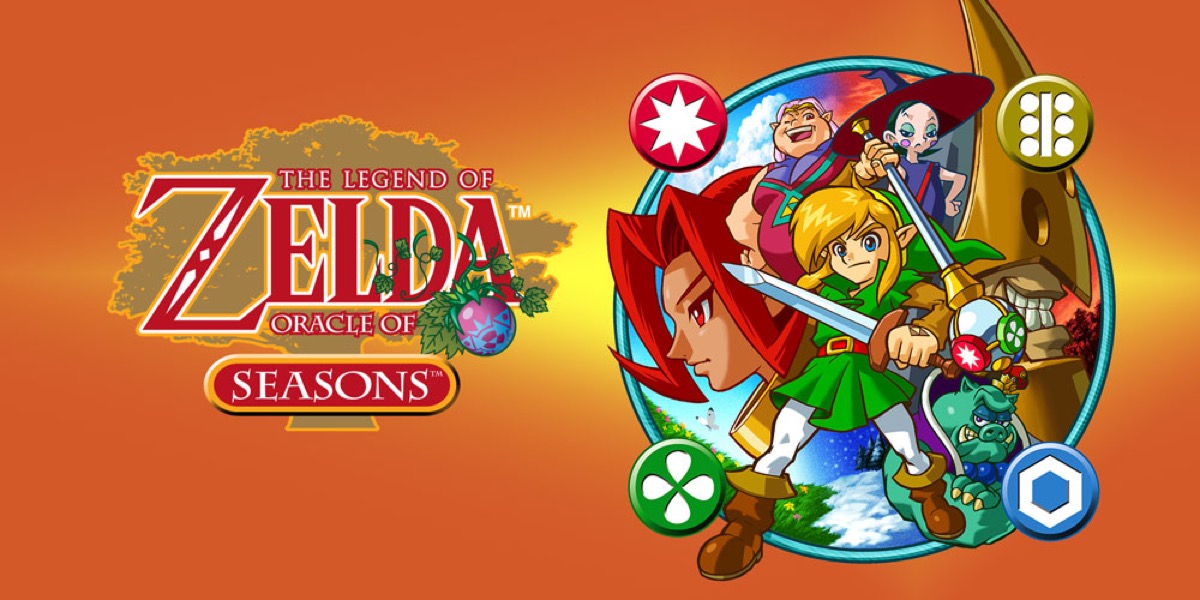
The fraternal twin sister of Oracle of Ages, this is the perfect game for those people who make fall their entire personality. By using the Rod of Seasons, Link is able to change between spring, summer, fall, and winter with the wave of a wand! The game gets extra points for its complexity due to the way it ties into Oracle of Ages. You have to beat BOTH GAMES in order for the full story to be revealed. How cool is that?
Apparently there was going to be a THIRD game to keep with the theme of the three Hyrulean Goddesses, but the creators scrapped the idea because it was far too complicated. Props for dreaming big, though. I suppose having a companion piece to BOTW would have been a logistical nightmare.
A Link to the Past (1991)
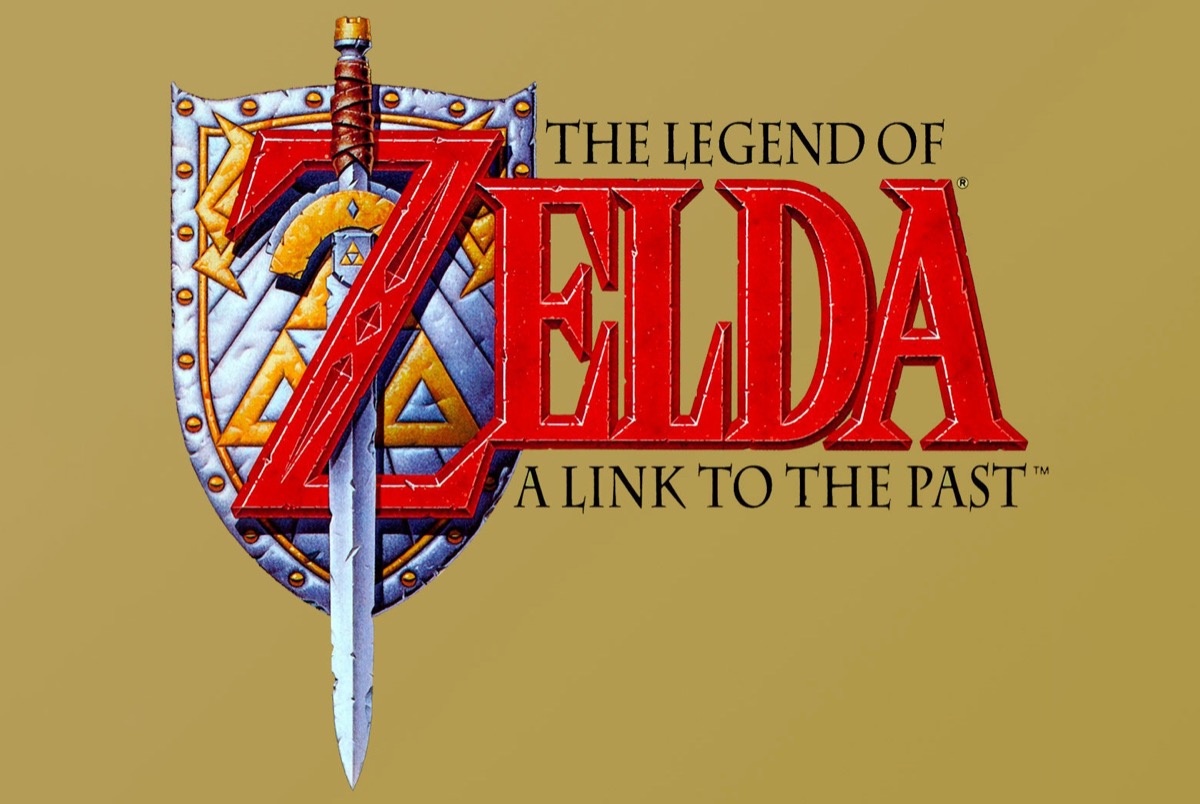
This game my perhaps the finest handheld Zelda game in existence, but I’ll let the ALTTP and LA stans duke it out in the comments section with regards to that award. Still, The Legend of Zelda: A Link to the Past stands the test of time. Some people even go so far as to call it the definitive Zelda game. Why? Because of the brilliant storytelling innovation that was the introduction of the Dark World.
The Dark World is basically evil Hyrule, and Link is transported there about halfway through the game. And it’s disturbing. You revisit “familiar” places that you first discovered in the Realm of Light, but they now have an eerie, sinister quality. Sunlit fields are now barren wastelands populated by horrible monsters. There’s a sense of existential dread in knowing that, should you fail your mission, this is what Hyrule will become. It introduces stakes to the story in a way that Breath of the Wild does not. It’s hard to feel like the world is in jeopardy when it all looks so breathtakingly gorgeous all the time.
A Link Between Worlds (2013)
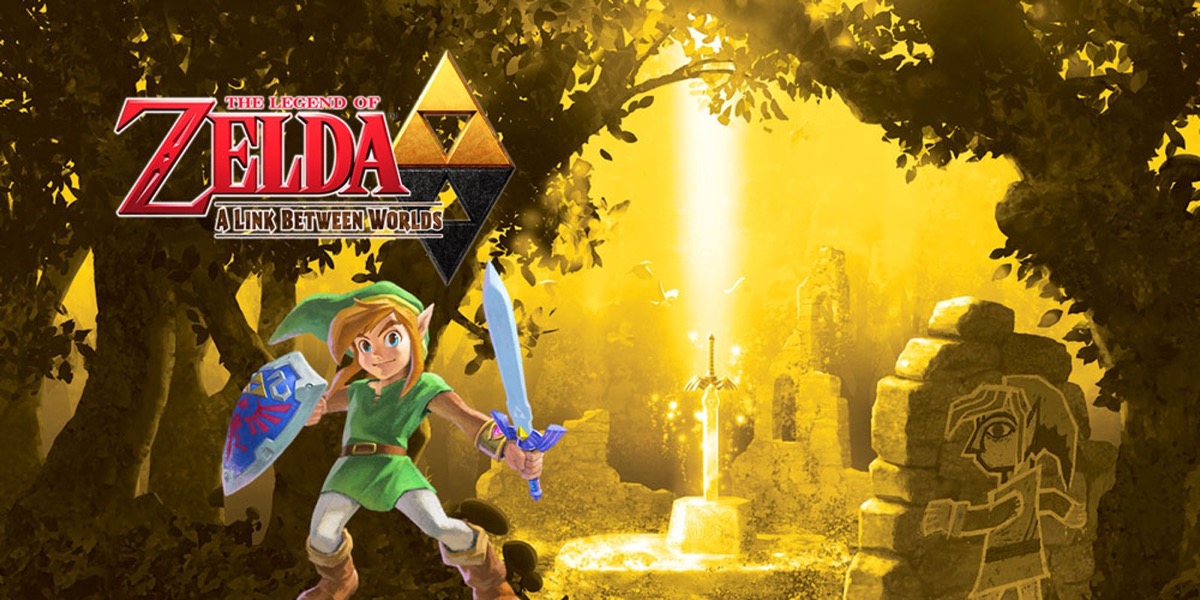
Another modern handheld classic! In The Legend of Zelda: A Link Between Worlds, Link travels back and forth between Hyrule and the mysterious Lorule. The game is basically the kid sister of A Link to the Past: It does everything that she did, but manages to improve on it the second time around. Lorule is basically the Dark World of A Link to the Past, but a little bit more fleshed out; like Termina was to the Hyrule of Ocarina of Time. The game even calls back to its 2D roots by allowing Link to basically become a moving sentient painting and walk on walls. It also has one of the series’ best twists, revealing the true identity of the helpful little rabbit-masked merchant Ravio. Breath of the Wild took my breath away, but it never took me totally by surprise.
Twilight Princess (2006)
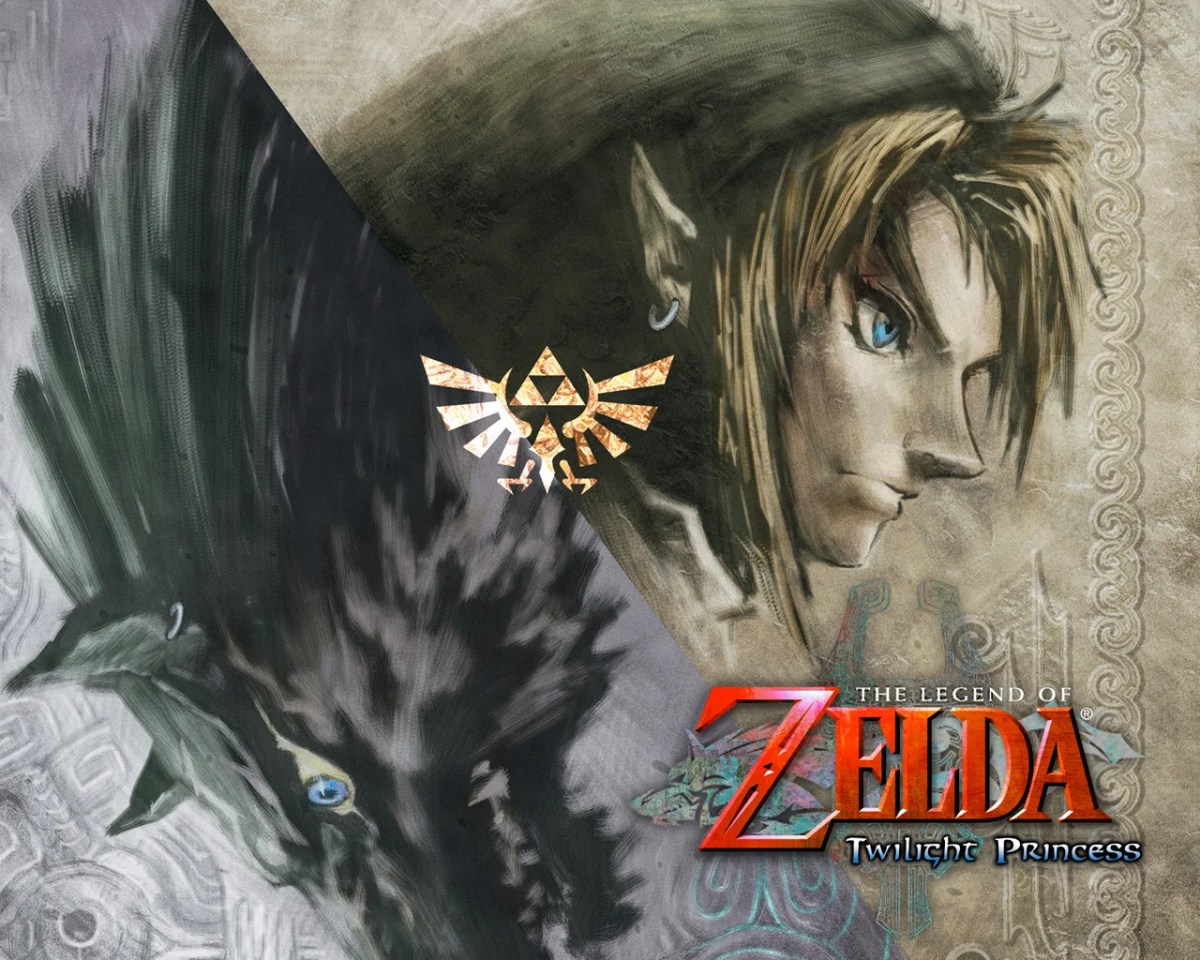
The moody teenager of the series, Twilight Princess serves as a series masterclass in character building. The game primes you to tackle heavy emotion with its first line: “Do you ever feel a strange sadness as dusk falls?” Dealing with deeper sentiments like this are something that Twilight Princess does the best out of every game in the series. And I believe that this game is home to the finest character that The Legend of Zelda series has ever created: The Twilight Princess herself, Midna.
Midna is introduced to Link as an adorable little shadow imp who provides him with insight and companionship as he navigates the twilight-plagued world of the game. Midna is funny, wise, and very charming. She is a character you come to care about; someone you want to protect from all the bad things. But bad things happen to her and when they do, it’s devastating.
Perhaps the most famous scene in the game takes place after Midna is injured, and Wolf Link (yes, he can turn into a wolf in this game) has to carry her on his back through the rain so she can be healed by Princess Zelda. It’s a heart-wrenching scene. As you run through the night, all you can hear is the patter of the rain, a dark and tear-jerking piano score, and the soft sound of Midna’s labored breathing. The scene elicits feelings from the player in the same way that The Last of Us does when Joel has to fight his way out of a hospital while carrying Ellie’s unconscious body. As the game progresses, you come to love Midna. And Midna comes to love you, perhaps even romantically.
At the end of the game, as Midna prepares to return to the Twilight Realm and say goodbye to Link forever, she starts to say something to him and stops herself. She then utters her catchphrase—”see you later”—and disappears into the twilight forever. While unconfirmed, many fans believe that Midna was on the verge of saying “I love you” to the silent protagonist. We love you too, Midna. Marry us.
While Breath of the Wild certainly has fun characters (Lady Urbosa comes to mind), the game only scratches the surface of character emotion. Characters say what they feel or don’t, but rarely is there ever any sense of subtext. Twilight Princess is a game about the dark inner workings of the heart, and shines brighter for it. In Breath of the Wild, each character’s intentions are bathed in clear light, but they are ultimately obscured from deeper understanding.
Four Swords Adventures (2004)

Do you remember the good ol’ days after middle school, where you and three of your bestest friends pulled out your Gameboy Advances and tag-teamed up against the forces of darkness while waiting for your moms to pick you up? I don’t. I didn’t have three friends with Gameboy Advances… or friends at all. But that’s okay! I have PLENTY of fond memories IMAGINING having four pals with whom I could defeat the forces of evil! The plot of the Four Swords Adventures takes place after The Four Swords, where the evil wizard Vaati is sealed away through powerful magic. But uh oh! Like all Zelda bad guys, Vaati inexplicably breaks loose from his spiritual prison! Princess Zelda summons Link to take up the Four Sword again, which splits him into four identical copies of himself! Well, almost identical, they each have a different color scheme to their tunics. Totally slay! For the rare child who found themselves blessed with three best friends who EACH possessed a Gameboy advance, a copy of the game, and the wires that connected them all together in a monstrous tangle of childhood fantasy come alive, I am jealous of you.
Skyward Sword (2011)
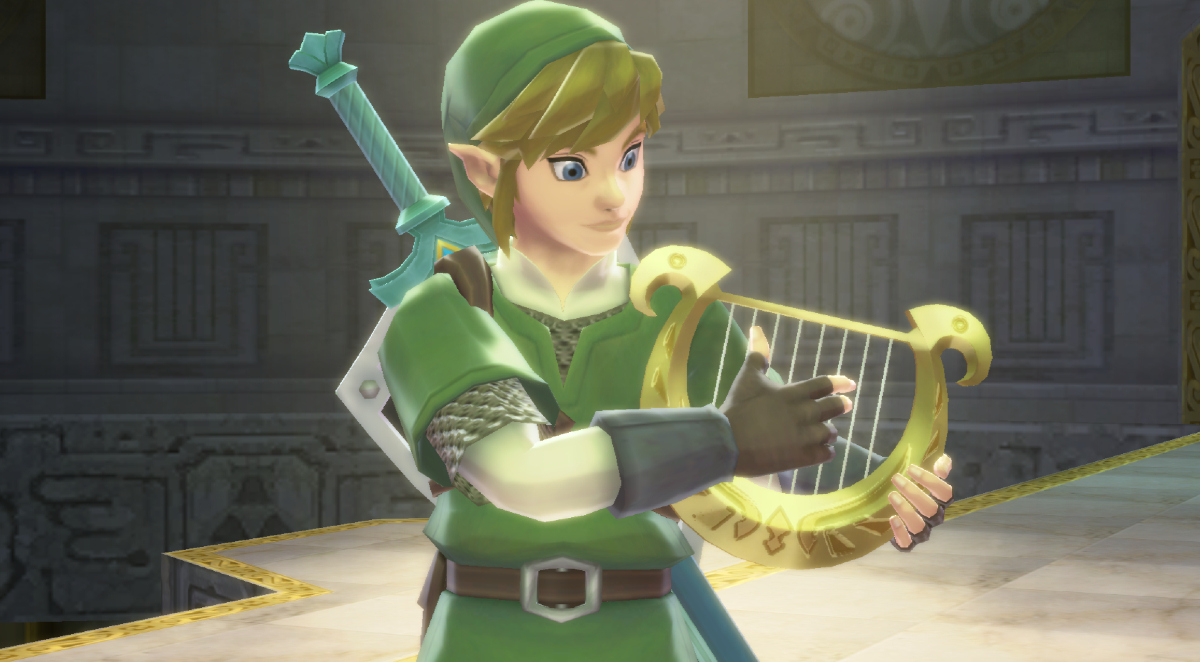
The Legend of Zelda: Skyward Sword gets A LOT of hate. Some of that hate is warranted. MOST of that hate comes in the form of railing against the game’s controls, which require you (the player) to swing your Wii remote in order for Link to swing his sword. It was a good idea in theory, but even with a motion sensor upgrade, the Wii’s motion sensing technology simply wasn’t quite up to par to handle the often surgical precision required to make a sword cut land. But that’s okay! The game makes up for it (or tries to) by attempting to create a unified jumping off point for the overarching chronology of the series. In a sense, Skyward Sword is the prequel of prequels! The very first game in the series! The game is set in the floating sky city of skyloft, where kids (dressed in flight uniforms that look suspiciously like the heroic green garb of future Link) learn to fly around on avian monstrosities that look like Shoebill storks! After Zelda (not princess, just regular girl Zelda) is captured by the forces of darkness, Link journeys to the unexplored world below to save her! The game contains some of the most unique levels in the series, including the Buddhist Temple inspired Ancient Cistern and a desert populated by adorable robot people!
The Legend of Zelda (1986)
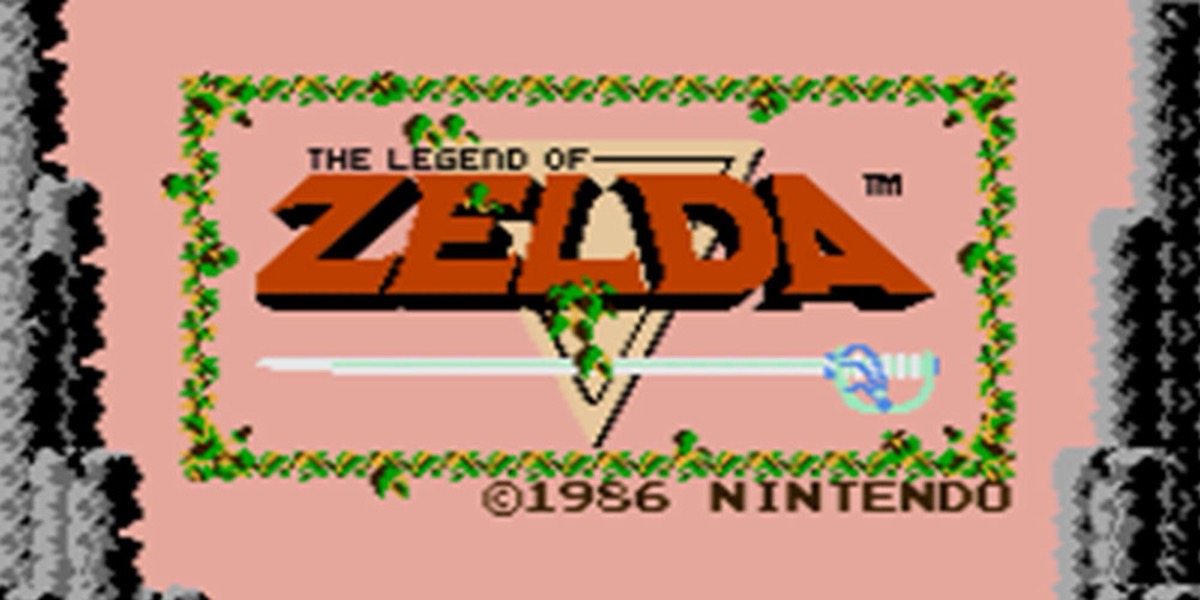
Without this game, there would be no Ocarina of Time, no Majora’s Mask, and certainly no Breath of the Wild. This is the ORIGINAL Zelda title, so old that features Link during his brunette years. He later rebranded as a bleach blonde twink, but the boy had to start somewhere! This title was not only the blueprint for all subsequent Zelda games, but all ADVENTURE games after it. The game was responsible for creating everything we know and love about Zelda: exploration, dungeons, heart containers, and of course the iconic quote “it’s dangerous to go alone, take this!”. Yes dear friends, The Legend of Zelda‘s influence upon the gaming world cannot be overstated. While it may not seem like much to modern day gamers, one cannot forget that the game came out when REAGAN was still president. It was a (then) modern day marvel, and a testament to Nintendo’s defining trait as a game company: innovation.
The Phantom Hourglass (2007)
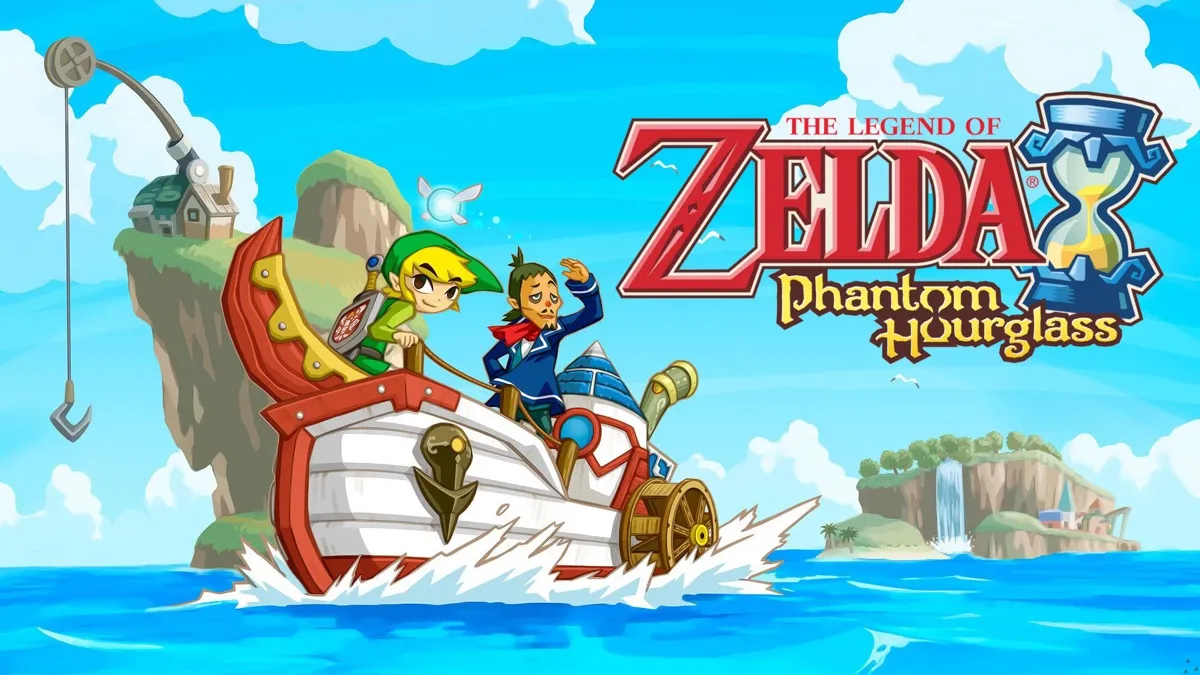
The Phantom Hourglass is one of the few direct sequels in the Legend of Zelda series. The game follows The Hero of Winds (i.e. the Link from Wind Waker) on a quest to discover distant lands (or seas) beyond the scope of his trusty sea chart! Accompanied by the pirate/princess Tetra/Zelda, the pair soon stumble across a spooky ghost ship! Using Scooby Doo logic Tetra decides that the benefits of boarding the ghost ship outweigh the risks, and decides to explore the phantasm. She soon discovers that her logic was flawed… the hard way. Hearing her screams for help, Link tries to jump onto the ship after her, but slips and falls into the ocean. He wakes up on an island and teams up with the wisecrackin’, treasure-huntin’, steam boat pilotin’ Linebeck in order to rescue Tetra from the phantoms that hold her captive.
Spirit Tracks (2009)
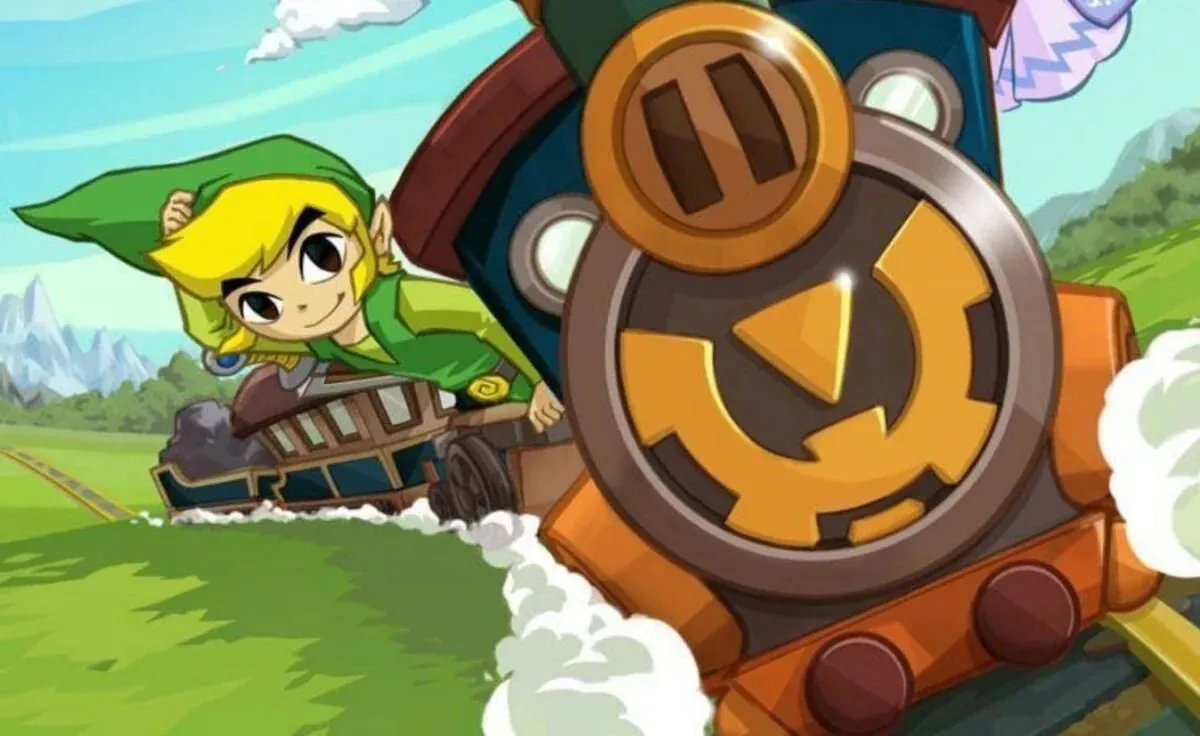
Years after the events of the Phantom Hourglass, settlers (likely led by Link and Tetra) discovered a faraway land across the seemingly endless Great Sea. They dub the land “New Hyrule”, and their descendants populate the new kingdom. Unfortunately for the pilgrims, the land is haunted by a Demon King named Malladus, who begins to wage war upon the settlers of old. The settlers seal the Demon King away using magical train tracks known as Spirit Tracks that criss-cross the land. A century later, a boy named Link has just graduated engineer school and is now a locomotive operator. But uh oh! The Demon King Malladus decides to awaken just after Link gets his lil’ diploma! Link has to set out on a quest to defeat the Demon King, all the while paying back his locomotive school student loans! The game is an adorable little change of pace from other Zelda games, as you get to ride around in choo-choos all the day long!
The Legend of Zelda: Tears of The Kingdom
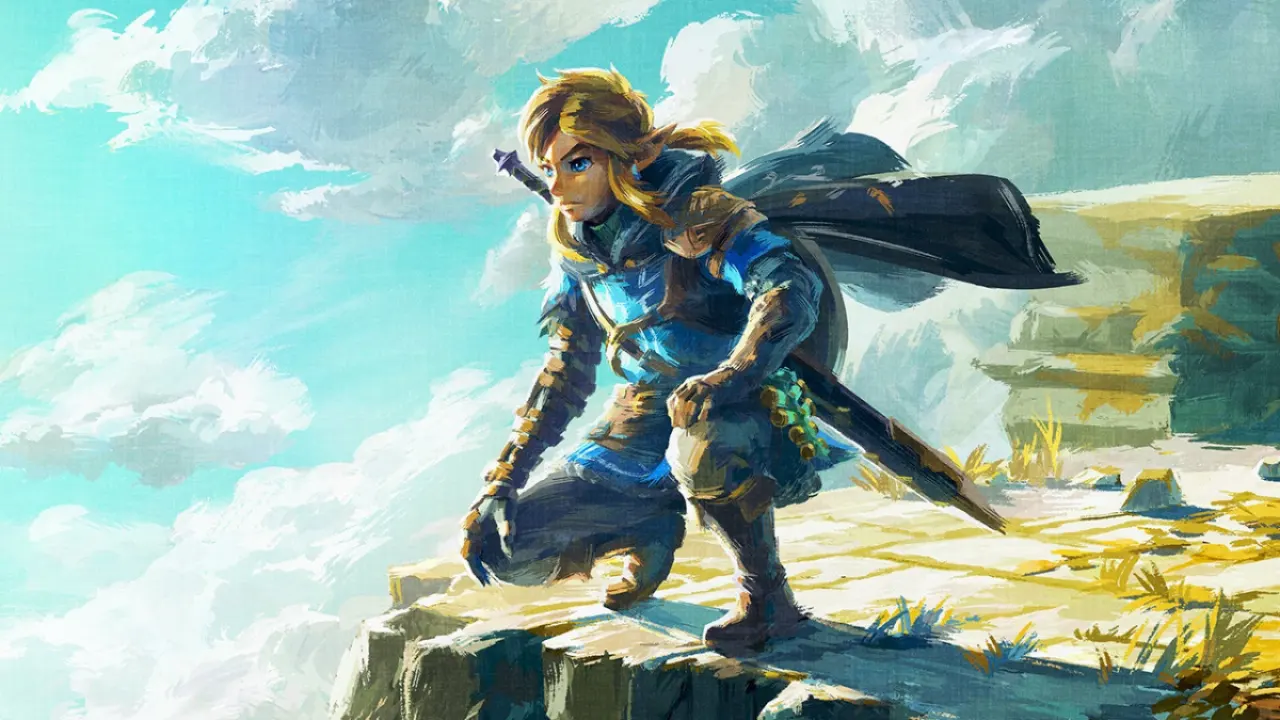
And finally we have the newest addition to the Zelda family, Tears of the Kingdom! This game is kind of like the emo little sister of Breath of the Wild. She took A LOT of style inspo from her older sister but then decided to add a little bit of a darker edge, a la Majora’s Mask. And it’s working for her! This game pits Link against the spooky undead King of Evil: Ganondorf. And before he faces down the Demon King, he has to traverse creepy underground dungeons and fight horrid monsters! The game tends to reward players’ darker impulses as well, as many players have taken to using their mystical powers to torture sweet and innocent Koroks. So maybe “emo” is the wrong word to describe this Zelda … instead, we should use terms like “sociopathic” or “budding serial killer.”
Correction: An earlier version of this article listed Oracle of Ages and Oracle of Seasons as 1993 releases.



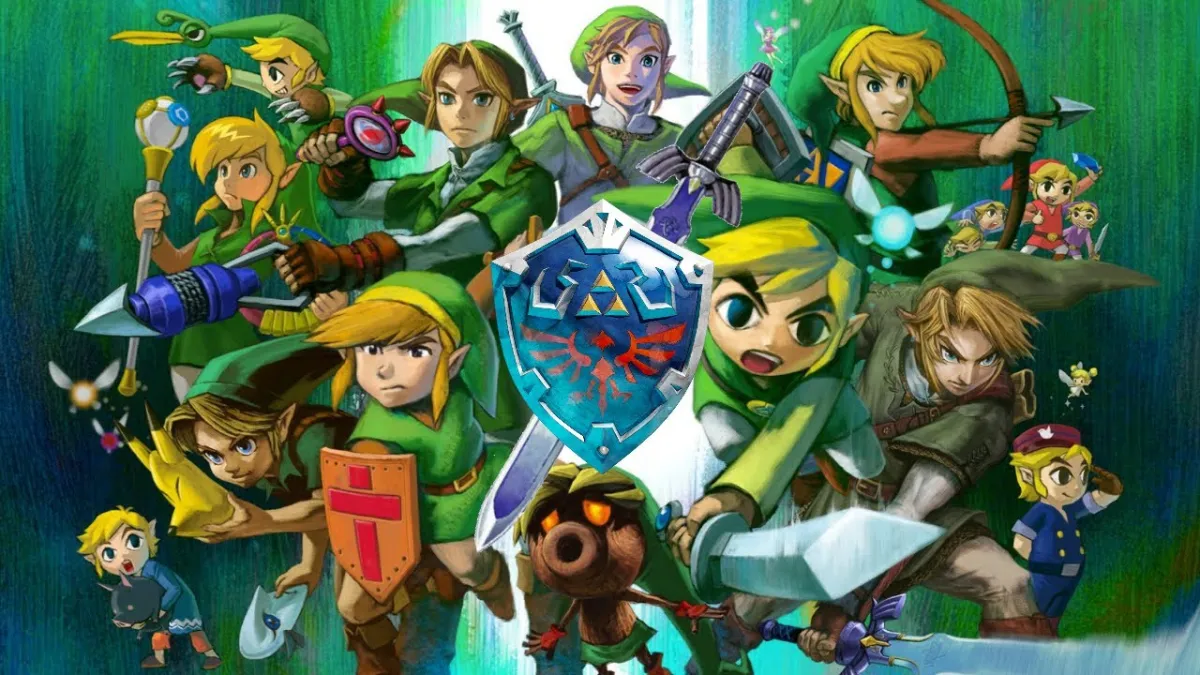





Published: Dec 18, 2023 04:58 pm